Although the Chinese authorities recently denied leaks at a nuclear power plant, China’s ambitious “nuclear power dream” needs urgent global attention, according to Chinese scholar and energy expert Nieh Sen. The Chinese regime continues to ignore safety issues while it fulfills its dream in becoming the top nuclear energy producer in the world, he warned.
On June 14, CNN reported a leak at the Taishan Nuclear Power Plant in Guangdong Province. The French company Framatome, which partly owns and operates the nuclear plant, allegedly warned the Chinese safety authorities about an “imminent radiological threat” and accused them of “raising the acceptable limits for radiation detection” outside the plant so it wouldn’t be shut down, according to documents obtained by CNN. The U.S. government is currently assessing the situation.
However, the reassurance from the Chinese authorities isn’t enough to quell public concerns over safety hazards of nuclear power plants in China, and the people know that Beijing wants to achieve its “nuclear power dream,” Nieh Sen, professor at the School of Engineering of the Catholic University of America, told the Hong Kong edition of The Epoch Times in a recent interview.
Nieh said that for the Chinese Communist Party (CCP), nuclear energy is mainly a political tool that only serves to benefit the regime, and the safety and security of the people is the last priority of the CCP.
China May Become the No. 1 Nuclear Energy Country by 2030
According to the 2021 ”China Nuclear Energy Development“ report by the China Nuclear Energy Association, as of December 2020, China had 17 nuclear power units under construction, with a total installed capacity of 18.53 GW (gigawatt)–the world’s largest installed capacity of units under construction for many years.Since then, the CCP has gradually accelerated the development of nuclear power plants.
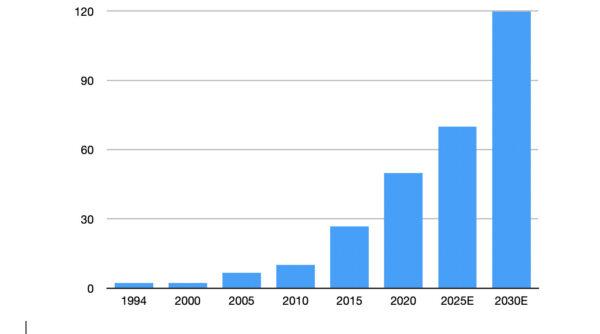
By the end of 2020, China’s installed nuclear power capacity has reached 49.89 GW, ranking third in the world behind the United States and France, state-run media Xinhua reported in April.
In terms of nuclear power generation, China ranked second in the world in 2020, with 366.2 TWh (terrawatt-hour), according to the China Nuclear Energy Association.
In its 14th five-year economic development plan, which was introduced in October 2020 at the fifth plenary session of the 19th Central Committee, the CCP stated that China’s nuclear power installation in operation would rapidly increase to 70 GW by 2025 and 120 GW by 2030.
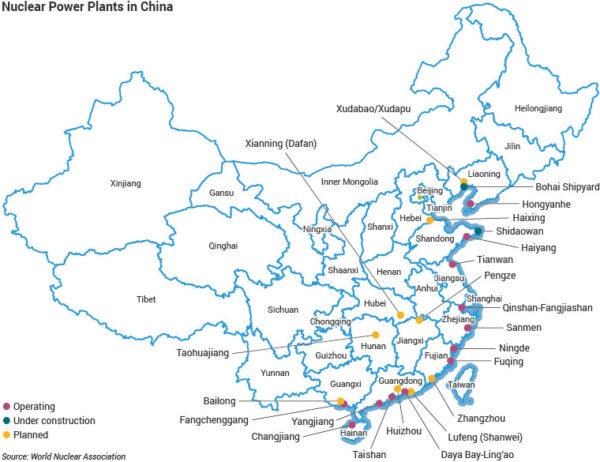
CCP’s Goal: Export Nuclear Energy
Nuclear energy is a strategic industry for the CCP, as China has exported its nuclear energy technology to other countries in recent years.On Feb. 26, 2015, Wang Xiaotao, deputy director of the Development and Reform Commission of China, said at a press briefing that Beijing would promote the export of railroads and nuclear power, and develop the international market for major equipment in the railroad and nuclear power industries.
On Jan. 11, 2016, the central government posted on its website: "In our country’s ‘One Belt, One Road’ strategy [Belt and Road Initiative], nuclear power, like high-speed rail, has the characteristics of high core technology threshold, high initial investment, high industry barriers and scarce industry licenses, and is a strategic industry that the country focuses on supporting.”
“For every nuclear power unit exported, more than 80,000 sets of equipment are needed and more than 200 enterprises are involved in manufacturing and construction, creating about 150,000 jobs and an investment demand of 30 billion yuan [about $4.63 billion]. Experts estimate that if China can obtain 20 percent of the market share of countries along the ‘Belt and Road,’ i.e. about 30 units for overseas markets, it will directly generate nearly 1 trillion yuan [about $154 billion] of output value and create 5 million jobs.”
The Chashma nuclear power plant units 3 and 4 that China exported to Pakistan are already in operation, while the units in Romania and Argentina are in the planning stage.
Kenya and Egypt have signed MOUs or formal agreements with China, while the Armenian project is still under negotiation.
However, the development of Hualong One, CAP1400, and Chinese nuclear plants were based on foreign technologies, according to a report by Xinhua.
“Based on the French design of 157 fuel assemblies, 20 more were added to form the ‘177 fuel assemblies,’ which became the main feature that distinguishes China’s third-generation nuclear technology from foreign technologies, and is the soul of Hualong One,” Xinhua said.
The report also said, “In addition to the self-designed Qinshan I nuclear power plant, China also cooperated with France to build the Daya Bay Nuclear Power Plant, following the route of ‘introduction, digestion and absorption.’ So, the M310, a more advanced second-generation improved pressurized water reactor, became the first target for China’s nuclear power industry to learn and absorb.”
The CAP1400 nuclear reactor is based on the U.S. Westinghouse AP1000 technology. According to the World Nuclear Association, the State Nuclear Power Technology Corp (SNPTC), a subsidiary of the National Power Investment Group, and Westinghouse reached an agreement that Westinghouse would transfer technology to SNPTC over the first four AP1000 units so that SNPTC could build the following units on its own.
In 2014, SNPTC and Westinghouse signed another agreement to further develop the AP1000 and CAP1400 technologies.
On Jan. 30, the No. 5 unit of China National Nuclear Corporation (CNNC)’s Fuqing Nuclear Power Plant in southeast Fujian Province, the world’s first Hualong One nuclear reactor, went into operation.
CCP Promotes Nuclear Energy Under the Guise of Global Cooperation
On Sept. 3, 2019, China’s Information Office of the State Council released the first white paper on nuclear safety. According to the document, the CCP mentions the need to build “a common community with a shared future for nuclear safety ” to promote the construction of “a human community with a shared future.”The concept of building a “human community with a shared future” came from Xi Jinping in 2012 at the CCP’s 18th National Congress.
However, the CCP is pushing ahead with its nuclear power projects without taking safety issues into full consideration.
China’s vigorous efforts to develop nuclear energy are in stark contrast to those of Taiwan. Professor Nieh Sen said that unlike the Chinese regime, Taiwan prioritizes the safety of its people.
He also pointed out that the Taishan Nuclear Power Plant was built in 2009 using the European Evolutionary Power Reactors (EPRs). This technology was also used in the construction of the Olkiluoto 3 unit in Finland in 2005 and the Flamanville nuclear power station in France in 2007. However, both the Finnish and French plants are currently on hold due to technical and safety standard issues.
In April 2015, the French Nuclear Safety Authority issued a warning to the French company Flamanville about “an anomaly in the composition of the steel in certain zones of the reactor vessel head and reactor vessel bottom head of the Flamanville EPR,” the statement said.
Some media outlets reported that the same problem existed in the pressure vessel of the Taishan Nuclear Power Plant. In 2016, Chinese news portal Sina revealed that two EPR reactors at the Taishan plant were reported by the State Nuclear Safety Administration as having failed pressure vessels. At the same time, several media outlets reported that the power plant’s French supplier Framatome (formerly known as Areva) said that 400 components were improperly tested for safety.
However, in 2018, while the EPR units in Finland and France were stalled due to safety concerns, the Taishan power plant began its commercial operation.
Nieh said the CCP takes huge risks in developing nuclear power and “such a dangerous regime is exporting nuclear power plants to the world.”
He emphasized, “At such a time, it is important to know the truth. What is the operational status of the nuclear power plants in China? What is the safety level? All these need urgent global attention.”
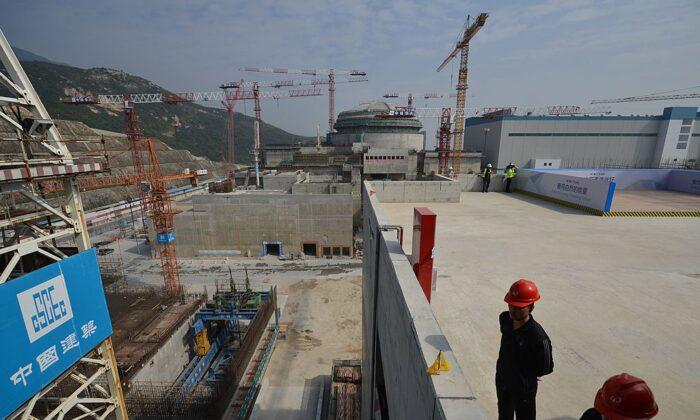
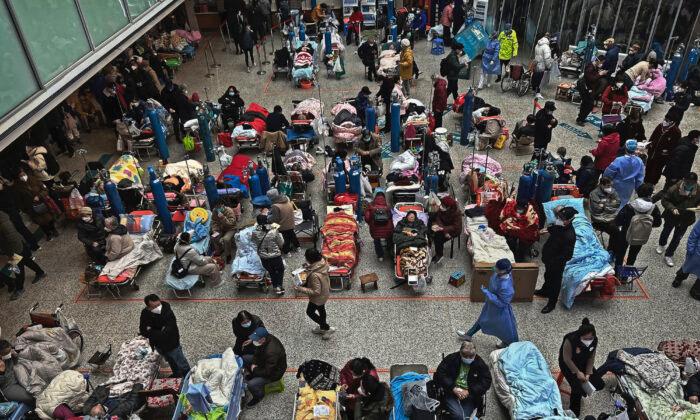
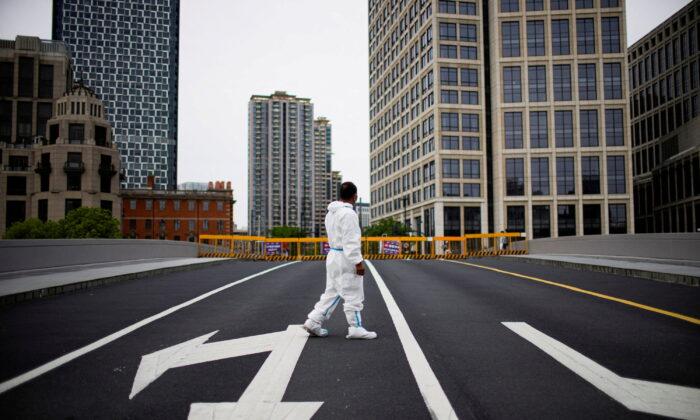

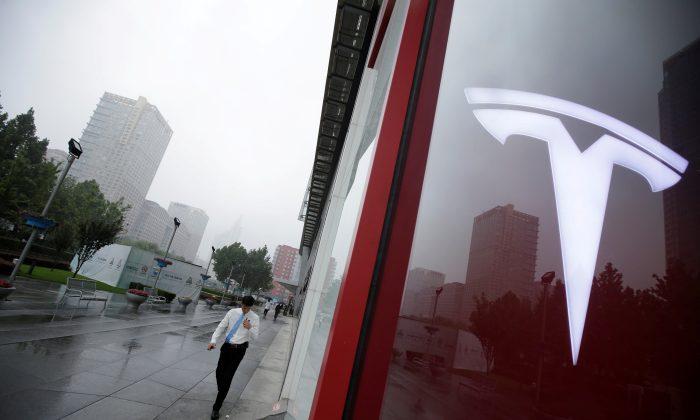
Friends Read Free